Paranormal Activities
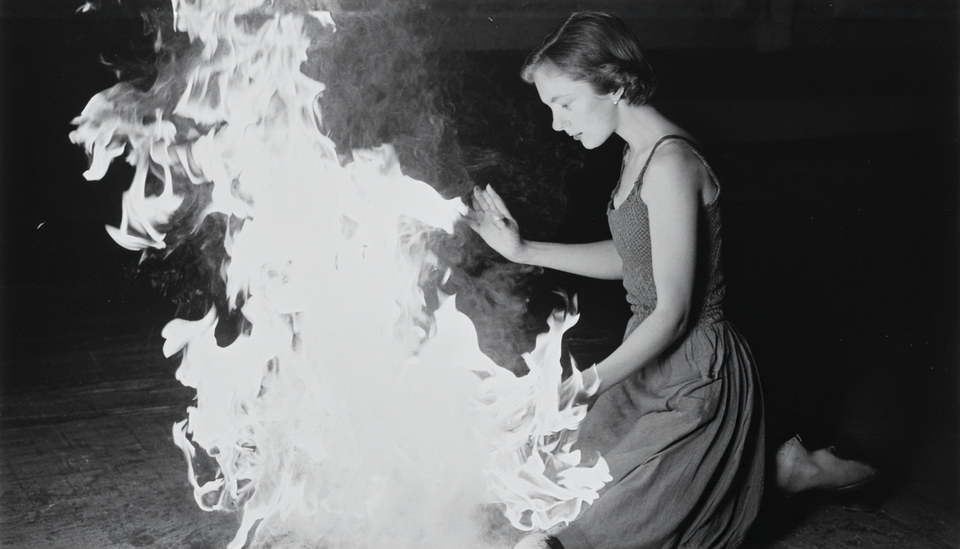
Some photographs feel wrong the moment you see them—a face half-erased by static, a figure standing too still in the corner of a security feed, a distortion that looks less like a technical error and more like something watching back. Paranormal Activities is a collection of AI-generated images that don't just depict the supernatural—they feel like evidence of it.
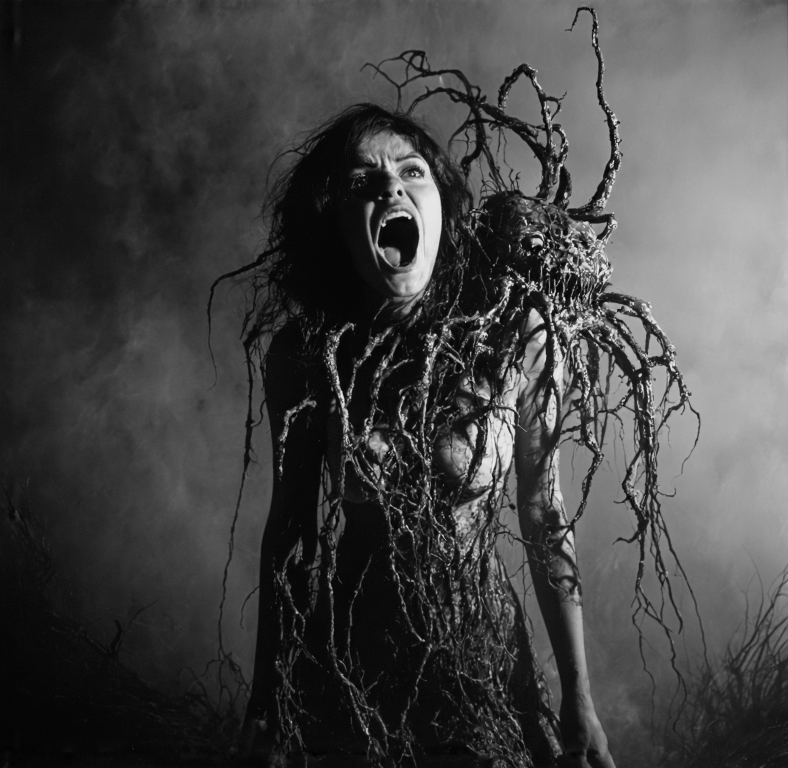
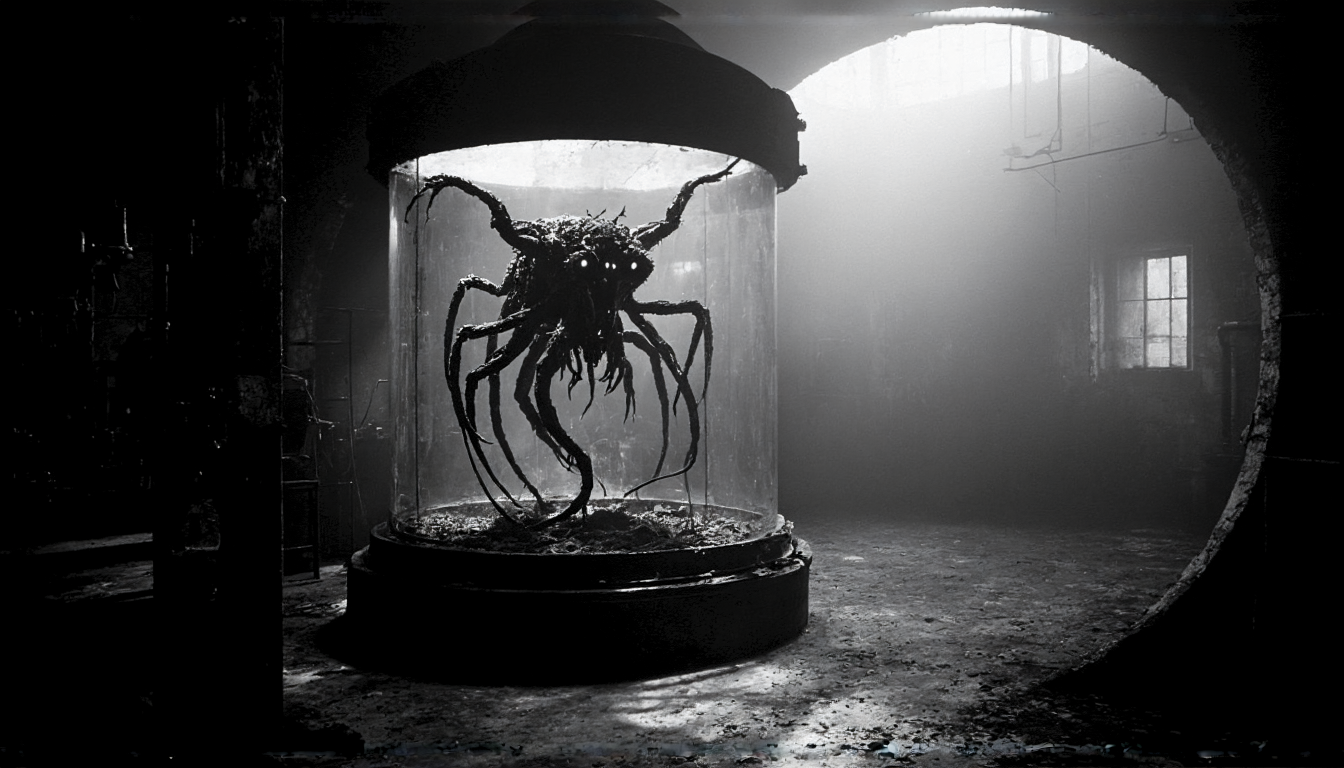
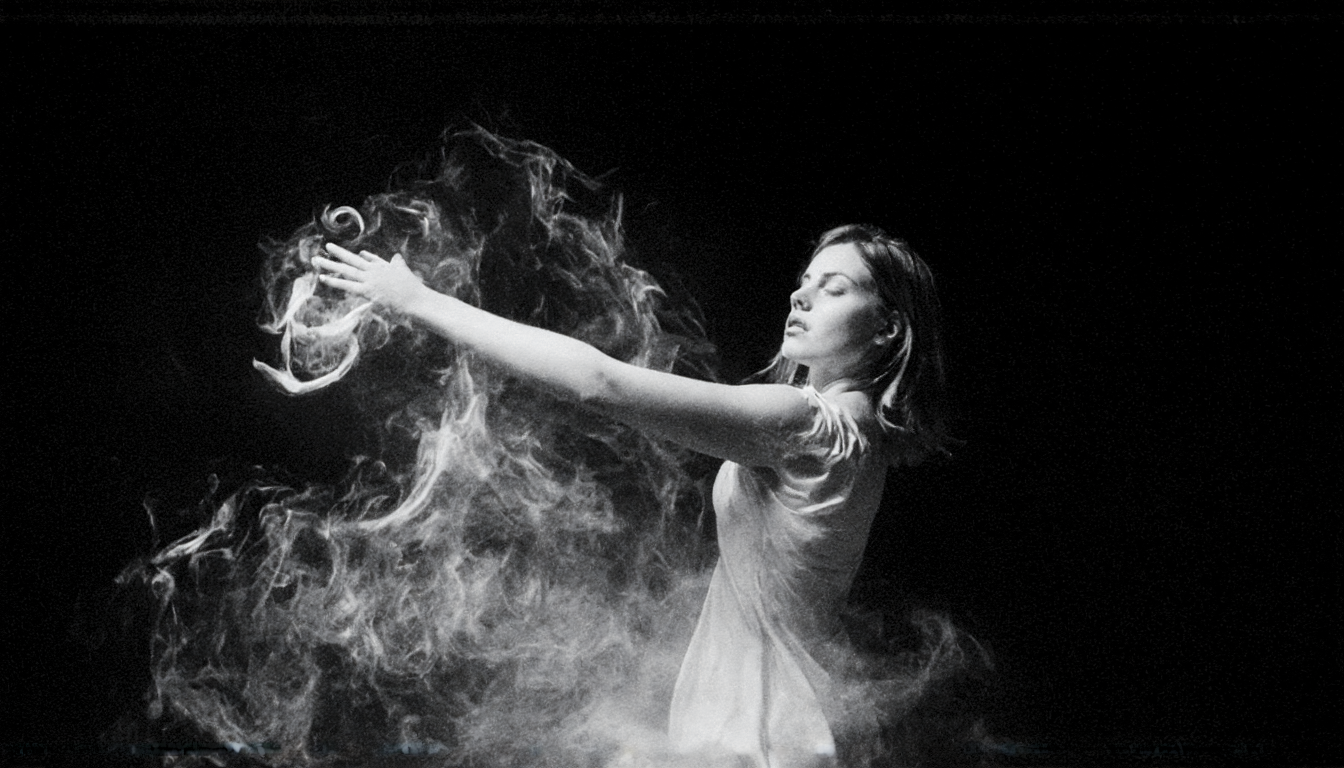
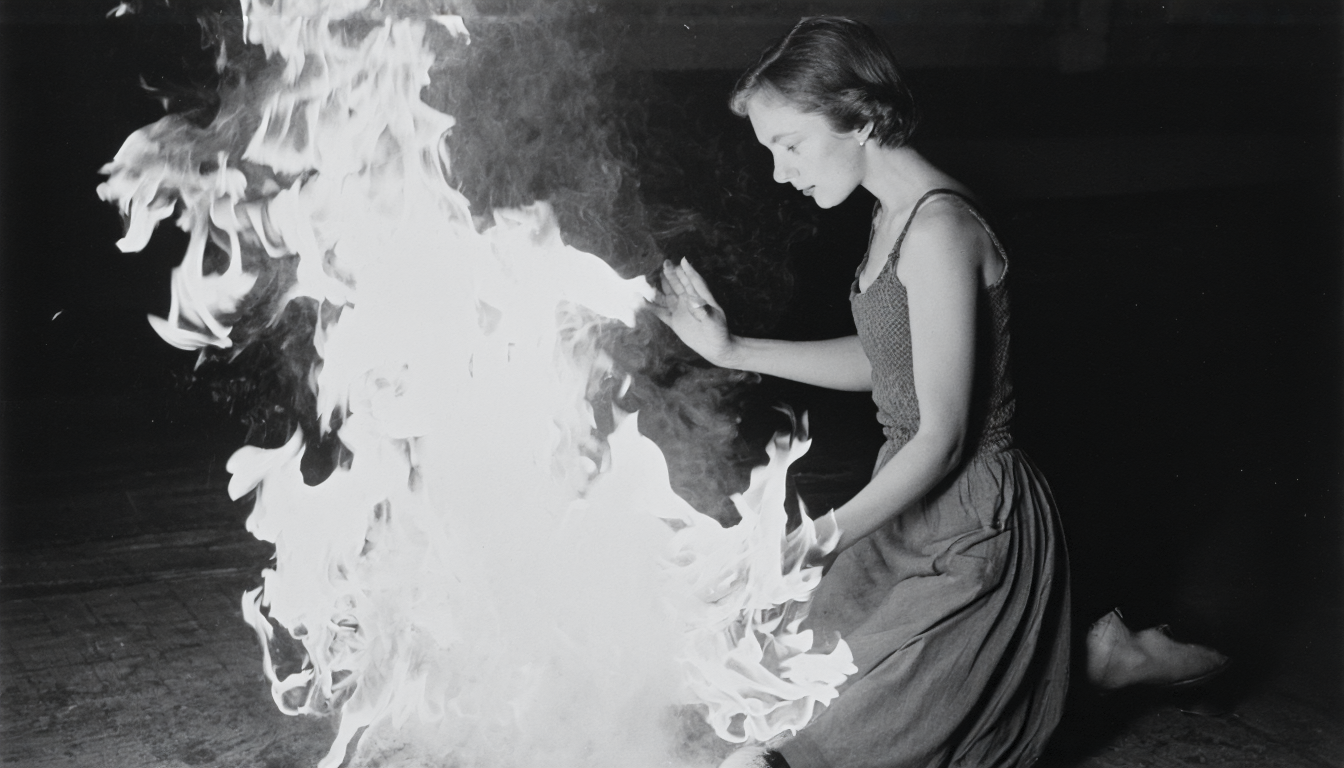
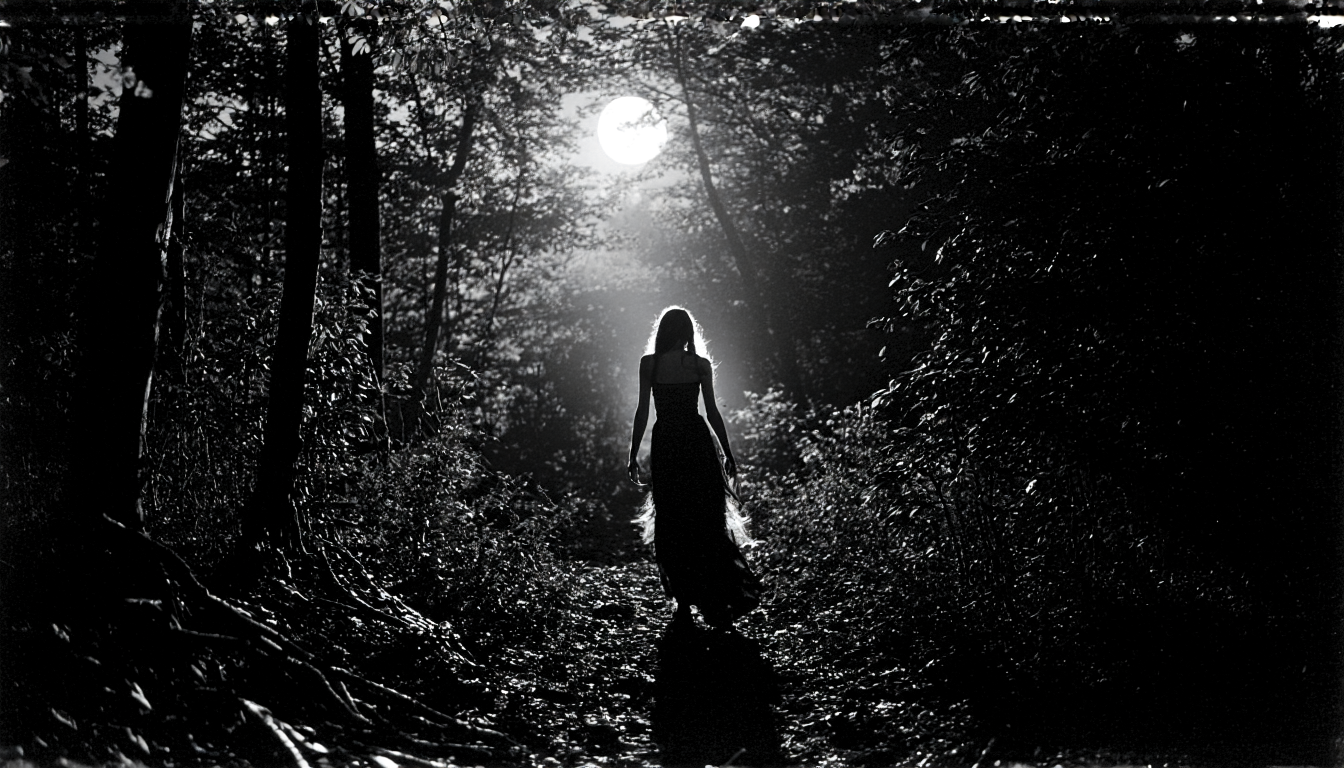
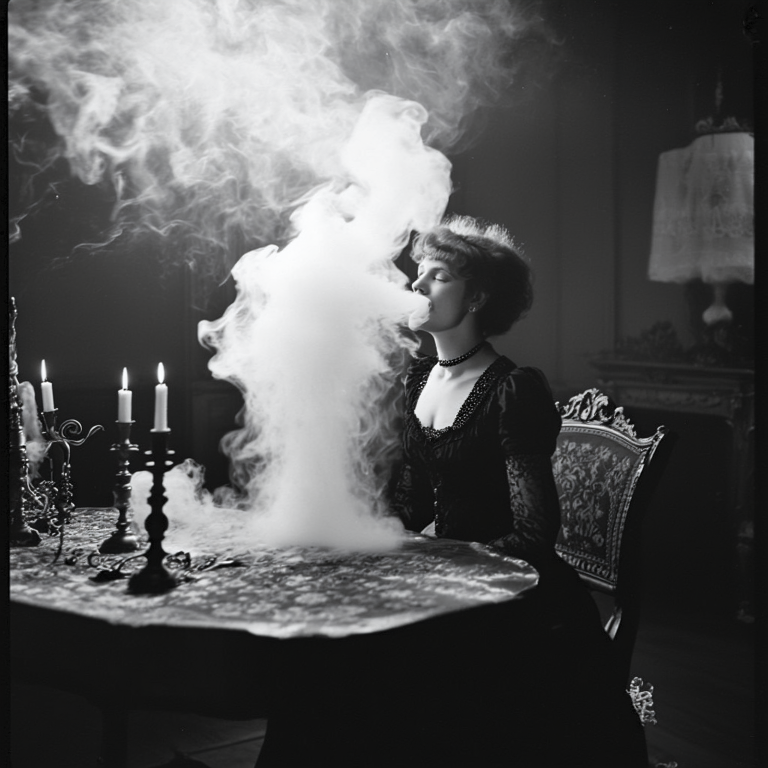
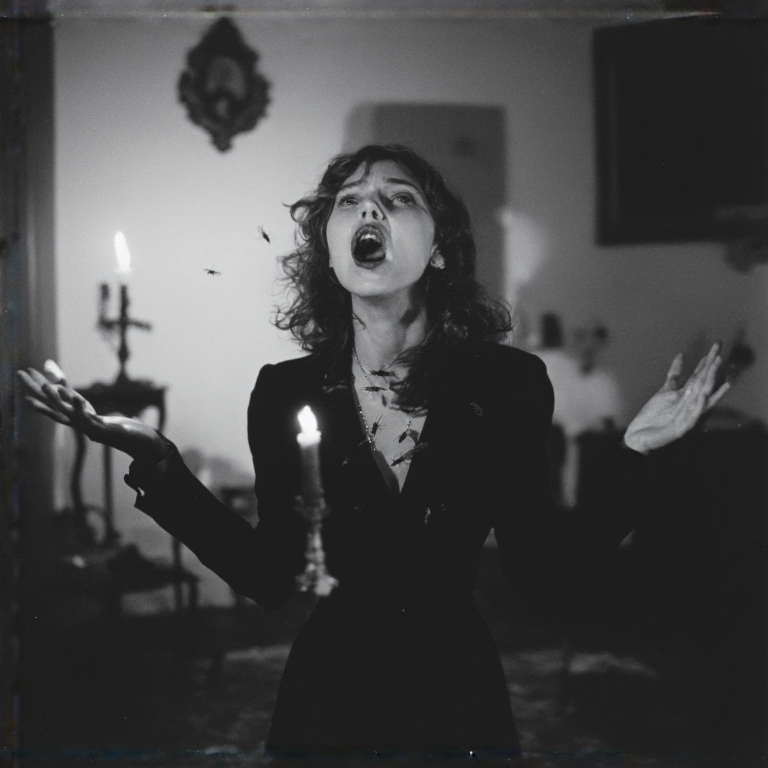
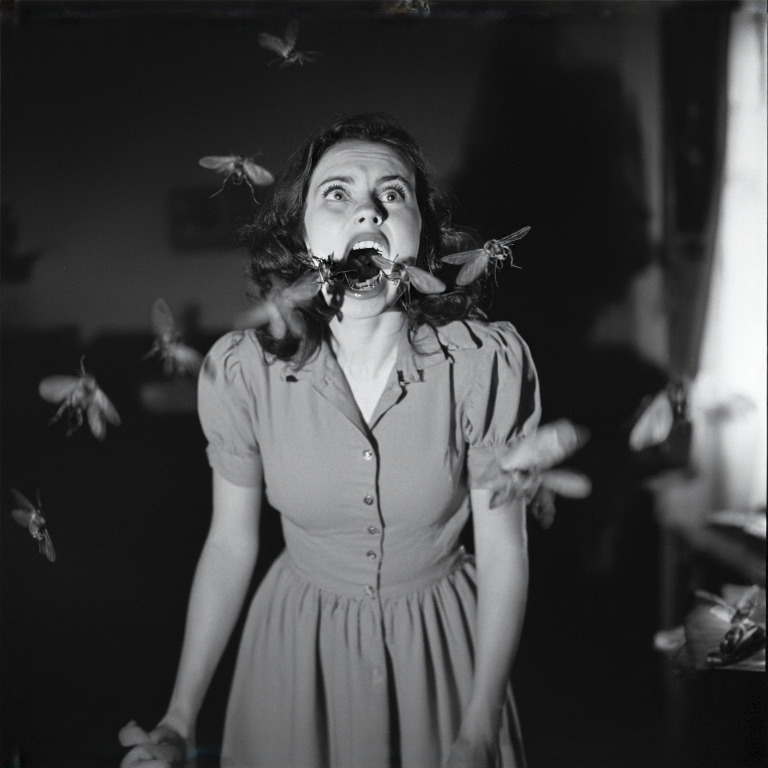
These aren't illustrations. They're artifacts. Recovered footage. Lost photographs. Corrupted files that suggest something was there, even if it never was. The inspiration comes from the eerie corners of internet horror—creepypastas spread through forum threads, the grainy VHS aesthetics of The X-Files, the existential dread of Archive 81's lost tapes. But beneath the surface, there's a warning: If AI can fabricate ghosts this convincingly, what else can it fake?
The Illusion of Evidence
Each image is crafted to mimic real paranormal documentation—security camera stills, infrared snapshots, degraded film scans. The AI doesn't just create monsters; it fabricates proof. A shadow in a forest. A face in the static. A figure that only appears when you're not looking directly at it.
The power isn't in the clarity. It's in the doubt. The grain, the noise, the slight warping that makes you hesitate—Was that always there?—before you realize the image itself is the trick.
This series isn't just about scares. It's a cautionary tale. If AI can generate fake paranormal evidence this seamlessly, imagine what it could do with historical photos, political propaganda, or personal memories. The line between reality and fabrication is thinner than we think.
A Modern Mythology with a Warning
This isn't about proving the supernatural. It's about the stories we tell when the evidence is ambiguous—and the dangers of believing them too easily. The same way The X-Files turned government files into vessels for horror, or Archive 81 made audio tapes feel haunted, Paranormal Activities treats AI-generated imagery as a new kind of folklore—digital campfire stories where the ghosts are made of pixels, but the lies could be real.
The best horror has always been the kind that makes you question what you see. But in an age where AI can rewrite history, fabricate events, and manipulate emotions, that uncertainty isn't just entertaining—it's dangerous.
What if this one was real?
What if the next one is?

